
Intro
The following project aims to explore the integration and exploration of speckle for LEO (Low earth orbit) Space Station working module. This project start with one working module and then scale to 6 modules which will be integrated with other modules which conform space station.
For this project we used Speckle, which helped us to understand how we could split and distribute tasks for workstation and the best way to integrate our module to the other groups.
Team Members Roles
For workstation we assign 3 roles:
- Team member 01: In charge of outdoor geometry.
- Team member 02: Interior distribution and main working module design.
- Team member 03: Schedules and documentation.
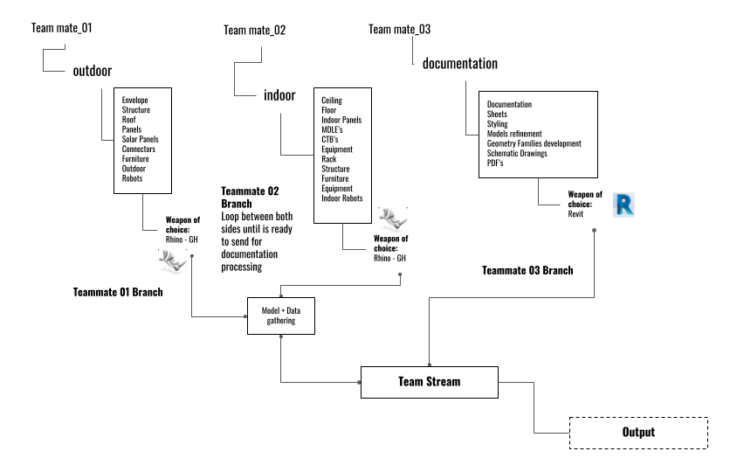
Integration with LEO groups
The main goal was to develop a strong setup to integrate every geometry into our web application (deliverable for studio project).
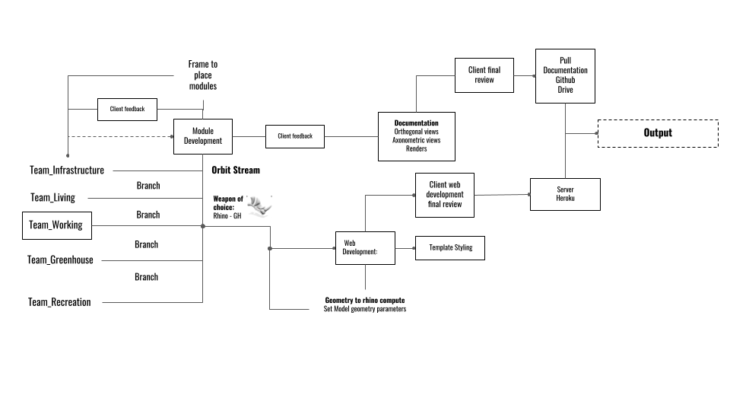
Following the ideas discussed in the previous flow charts, we set-up two speckle streams to share only the relevant data and geometry necessary to the appropriate people and groups. The main Orbit aggregation stream connects to all the orbit groups and holds the main modules and arrangements, the orbit work stream communicates the details, dimensions and more specific geometry.
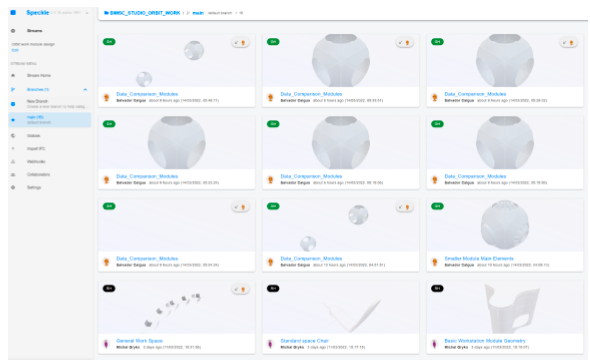
Colaborative Integration Concept
The start of the design process was oriented around the interior design arrangement which then dedicated the external forms and aggregation. The speckle orbit work stream consisted of excel data sheets for configuration and size options, with the geometry organized into smaller groups to allow easier integration at stages.
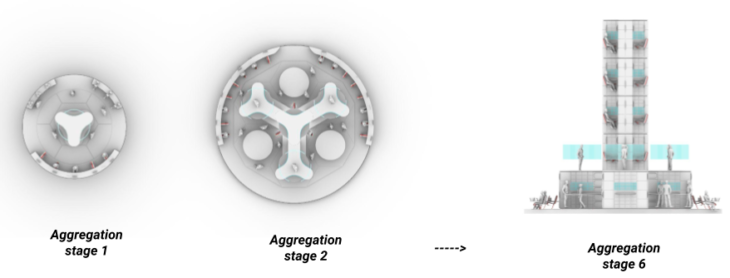
Here is an example of how speckle for excel was used to send different sized options and aggregations to the interior grasshopper file to test how the options would work with Teammate 1 external modules. Over the first iterations it was obvious that certain exterior module options were too big or had too many openings to fit with the internal working environment and there were many changes at the start.
Through the use of GH scripts and excel data held in speckle we could easily change the sizes, configurations to test options without having to manually remake everything.
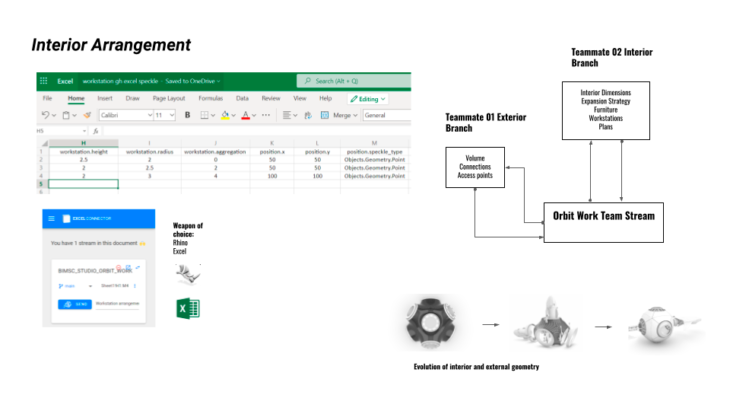
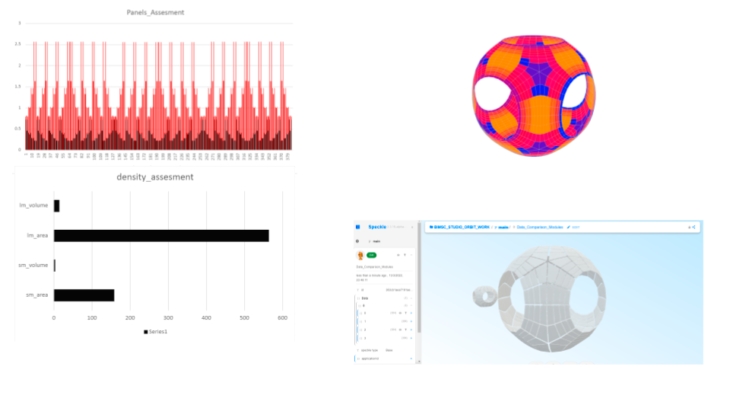
Data extraction
This strategy also extended to smaller items such as furniture which would have the same elements repeated for all the module types. These speckle objects hold all the layers and number information which was also used for final calculations.
And then we used excel sheets to evaluate m2 and volume from smaller and larger modules.
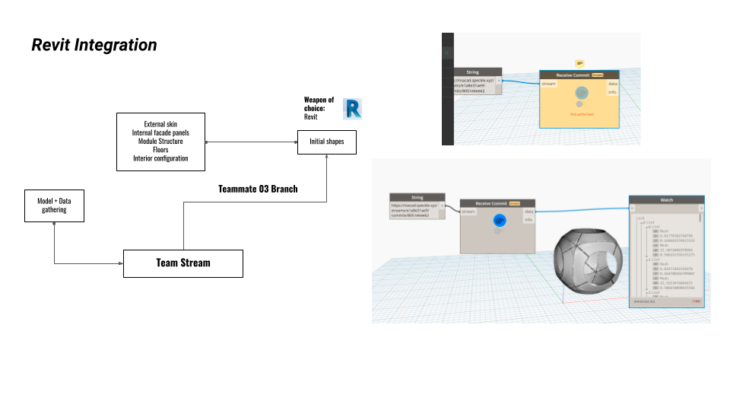
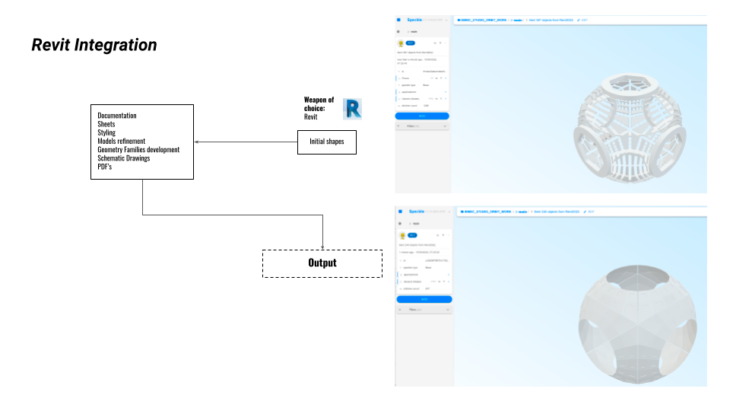
Interoperability
With speckle and revit integration we were able to speed up the following:
- Technical documentation
- Schedules,
- Shared the PDFs
Finally during integration for web development we faced different communication issues like understanding the updates.
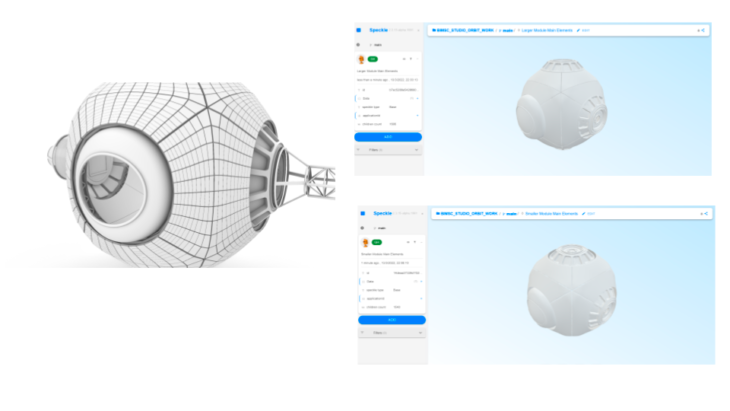

So during this process we tried to set up a webhook to create Discord and Slack bots (still in progress). Basically the opportunities behind these are to automate the process of providing all team members detailed updates.
Credits
LEO work module – collaborative workflows is a project of IAAC, Institute for Advanced Architecture of Catalonia, developed at Master in Advanced Computation for Architecture & Design in 2021/22 by:
Students: Michal Gryko, Bruno Martorelli and Salvador Calgua
Lead faculty: Alan Rynne
Faculty assistant: João Silva